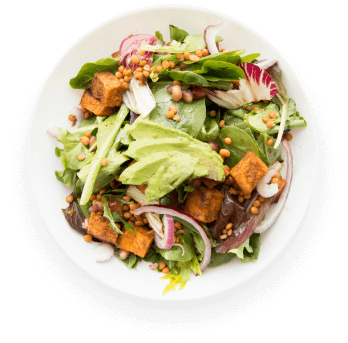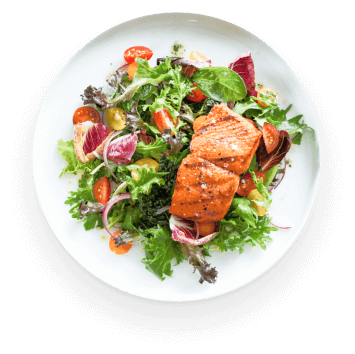Ecommerce Industry Guide: Food & Delivery
Your guide to flourishing without fraud in the Food & Delivery industry.
Your guide to flourishing without fraud in the Food & Delivery industry.

Of all industries impacted by the 2020 pandemic, the food and delivery industry has experienced some of the most change – including big wins and new challenges.
When the world sheltered indoors to combat the spread of COVID-19, the food and delivery ecommerce market was transformed. Shopping and dining experiences had to be reimagined, with major grocers and restaurant chains scrambling to figure out how to serve customers in their new reality. Companies that were able to adapt their ordering and delivery processes saw a massive upsurge, while others struggled to survive.


In this guide, you’ll learn how the food and delivery industry has shifted online, what your business must do to keep ecommerce customers coming back, and how to prevent fraud from ruining your reputation … without your fraud prevention ruining the customer experience.
In the last few years, the food and delivery industry has seen explosive growth.
The shift online for food and delivery businesses showed up in several ways and led to innovative services that have become commonplace today.
While some industries have a narrow customer base, the food and delivery industry serves anyone who eats food and shops for groceries.
What consumers want from their online ordering and shopping experiences has changed – and it varies by generation.
Food and delivery brands must anticipate customer needs and provide an experience that will earn them the sale – especially with competitors on every corner.
Consumers have definitely become accustomed to ordering food and groceries online — and fraudsters are taking advantage of those opportunities as well.
Too little fraud prevention can result in more chargebacks, while too much protection can turn good customers away.
Ecommerce fraud can be prevented while still preserving the all-important customer experience. The key is data intelligence.
ClearSale takes a managed services approach to preventing fraud, providing a real-world solution unlike anything else on the market.
In the last few years, the food and delivery industry has seen explosive growth. Let’s examine where the industry has been — and where it’s heading.
Food and beverages prepared for immediate consumption, takeout, or delivery.
Same- or next-day delivered groceries and subscription meal delivery.
It can easily be said that the food and delivery industry reimagined itself over the last few years with a clear “before” and “after” state of the industry.
The pandemic had a significant impact on the entire ecommerce ecosystem, jetting forward to five years of growth and more than $3.9 trillion in online sales within a single year. It also forced the food and delivery industry – one that relied heavily on foot traffic — to rethink their businesses. Depending on location, consumers were in lockdown for up to 18 months. The traditional model for food and delivery brands was no longer an option. And the shift was felt throughout the industry:
Approximately 471 million global consumers used online grocery delivery services in 2017 – that number grew to 1.2 billion by 2022.
Online grocery sales as percentage of total grocery sales jumped from 4.9% in 2019 to 7.2% worldwide in 2021.
The global online food delivery sector reached $770 billion in 2022, which can be broken down into the grocery delivery segment ($460 billion) and the meal delivery segment ($300 billion).
By 2027, the online food delivery market is expected to reach $1.4 trillion.
Meanwhile, global restaurant and food service sales grew to $34.25 billion in 2022 and is estimated to grow to $56.3 billion by 2027.
Now that the global market is settling down from its pandemic peak, the food delivery segment is experiencing the repercussions of the 2022 global economic downturn. Consumers have retained the online food delivery habit; however, rising inflation, supply chain disruptions, and a looming threat of recession have contributed to challenging and uncertain times for the food and delivery industry.
To have access to all of the chapter of this study, please fill the form bellow.